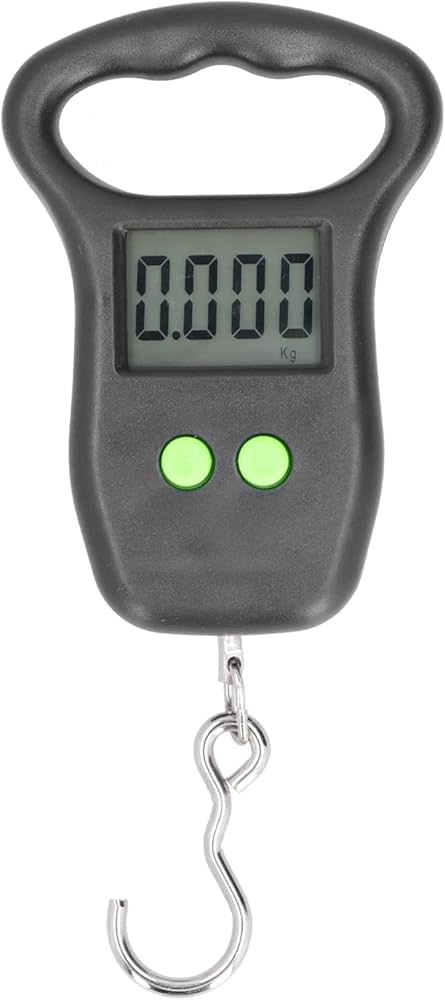Okay, so I wanted to make this hanging electronic scale, you know, for weighing stuff like luggage or maybe even ingredients in the kitchen. I’m not a pro at this, just a regular guy who likes to tinker around.
Gathering the Parts
First things first, I needed the parts. I didn’t want to spend too much, so I looked around my house and found some stuff, and bought the rest online.

- A load cell: This is the heart of the scale, the thing that actually measures the weight. I got a cheap one, the kind you see in those digital bathroom scales.
- An HX711 module: This little board takes the tiny signal from the load cell and makes it something a microcontroller can read.
- An Arduino Nano: Because it’s small and easy to use. Any other small, cheap microcontroller board would work as well.
- A display: I just grabbed an old LCD display.
- Some wires and a hook: To connect everything and, you know, actually hang stuff.
- A sturdy casing: I ended up using a spare plastic container. Gotta keep things tidy, right?
Putting It Together
I started by connecting the load cell to the HX711. There are usually four wires, and you have to get them right – red to E+, black to E-, white to A-, and green to A+. I double-checked the datasheet, just to be sure. Then, I connected the HX711 to the Arduino. VCC to 5V, GND to GND, DT to a digital pin (I used pin 2), and SCK to another digital pin (pin 3). Next, I wired up the LCD to the Arduino, using the display’s documentation to guide me.
The Code
Coding was the trickiest part for me, I’m not very good at this part, but I am very willing to learn. I found some example code online for the HX711 and the display and mashed them together. The basic idea is:
- Initialize the HX711 and the display.
- “Tare” the scale – basically, set the zero point when nothing is hanging.
- Read the raw value from the HX711.
- Convert that raw value to a weight (like kilograms or pounds). This involves some calibration, which I’ll get to.
- Display the weight on the LCD.
Calibration
This part took some trial and error. I hung a known weight (a 1kg bag of sugar) on the scale and then adjusted a “calibration factor” in the code until the display showed 1kg. I repeated this with a few different weights to make sure it was reasonably accurate.
The Final Product
After a bit of fiddling, I got it working! I put everything inside the plastic container, made a hole for the hook, and sealed it up. It’s not the prettiest thing, but it works! I can hang stuff on it, and the display shows the weight. It’s surprisingly accurate, too, at least for my needs. Good enough, anyway.
Overall, it was a fun little project. It took me a weekend, mostly because I’m slow and had to look up a lot of stuff. But hey, I learned something, and now I have a handy hanging scale. Win-win!













